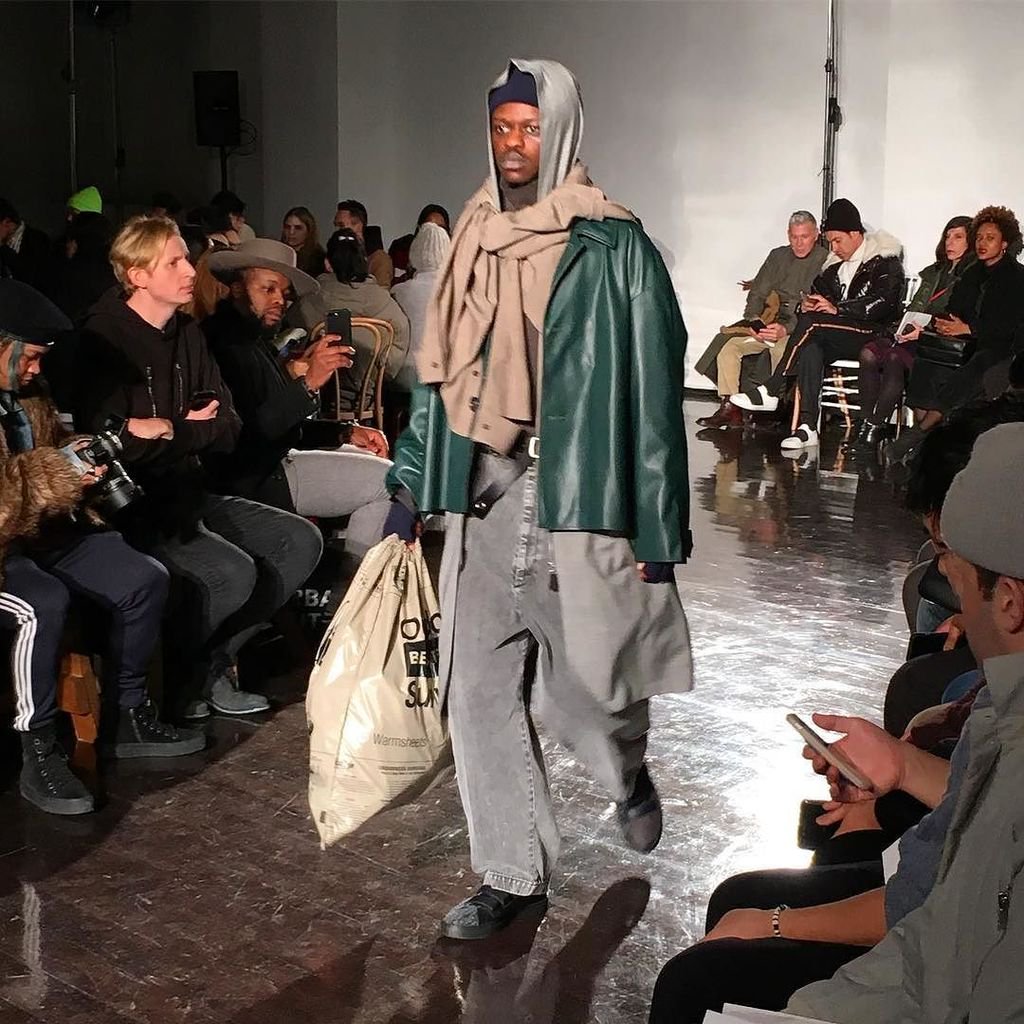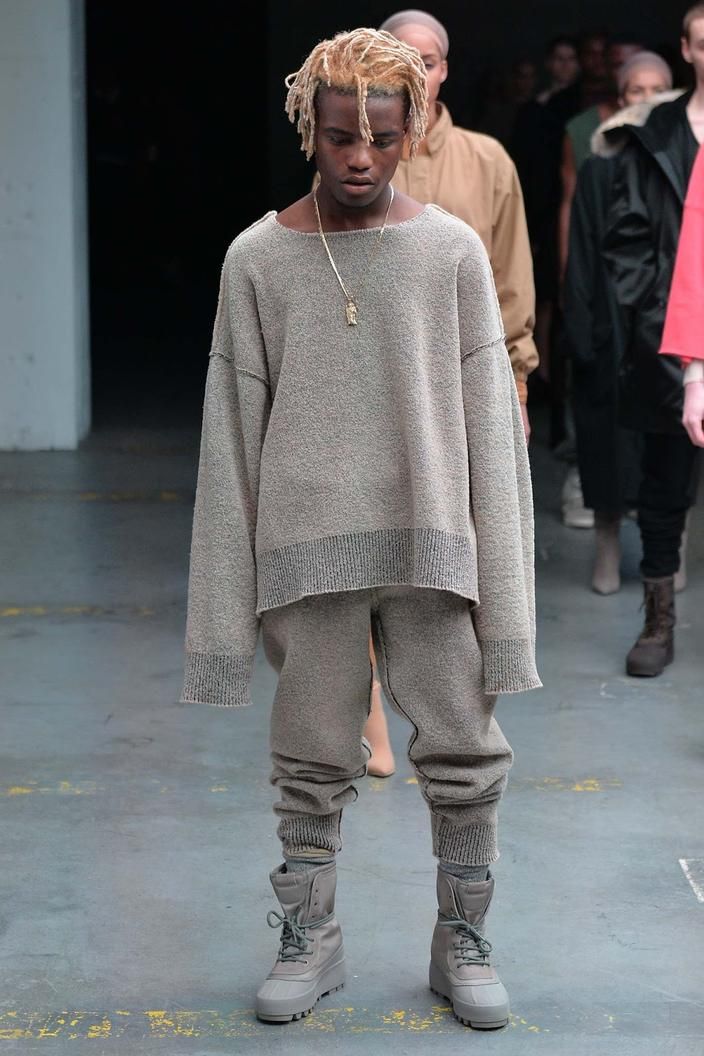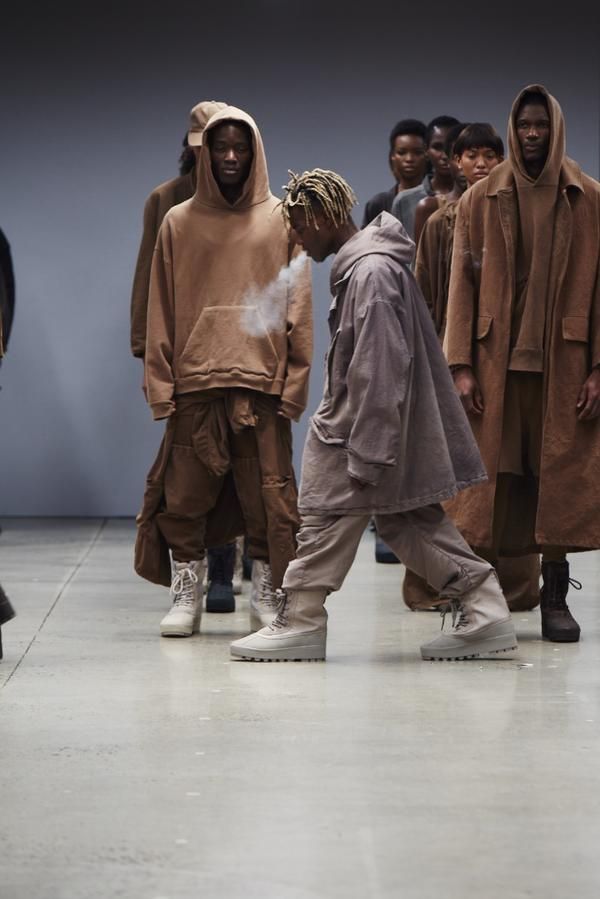Driving down the street, I spotted a woman dressed in sweatpants, a sweatshirt, t shirt, and chunky white sneakers walking ahead of my car. I thought to myself, “oh that girl is fitted!”. Upon passing by I realized the “trendy” girl I saw, was in fact a homeless woman. Her clothing stained and ripped, and her shoes probably thrifted with whatever cash and change she pulled together.

Stunned, I realized the insane issue that was at hand within the fashion industry. I thought back to the hundreds of photos saved on my phone or that I saw scrolling on Instagram of Louis Vuitton’s newest sneakers or Kim K stepping out of her Range Rover dressed from head to toe in a Yeezy sweat suit, that normalized this necessary way of dressing to survive on the streets and making it a profitable trend.

Since the fall of 2017, many fashion designers have been releasing clothing along the lines of ‘homeless chic’. From layers of sweaters to chunky 90’s sneakers, high fashion designers have been drawing inspiration from the homeless population, yet another example of gentrification in our culture today. Designers like Louis Vuitton, Yeezy, Raf Simmons, Balenciaga, Gucci, and more have released designs that easily range from $200 to thousands of dollars for simple sweatshirts, sweatpants, or sneakers.

While homeless people struggle to survive on the streets and dress strictly out of practicality, today’s wealthy population can dress the same at an extreme price.
The first example of this trend that broke headlines was N. Hollywood’s Fall 2017 Men’s collection. Models paraded up and down the runway in layers of coats, boots, and sweatpants carrying trash bags as accessories. The Japanese designer, Daisuke Obana, stated in an interview that he was inspired by the street wear he saw across America and wanted to replicate it in a collection. While his intention seems pure, this does not change or help the population of half a million homeless across America, according to The Data Face.

Regardless, the practical and often “vintage” clothing worn to avoid hypothermia are not an excuse for designers to replicate this “style” and sell at a high price, at no one’s profit but their own. This trend and movement tends to normalize the clothing of homeless, as well as insinuate that they dress this way with a stylish or creative flair. Furthermore, replicating homeless “style” and profiting thousands creates a larger gap between the rich and poor in American society. On top of the capitalist gain, the homeless population suffer poor treatment and are used merely as pawns in the fashion industry for designers to draw inspiration and profit from.
Hopefully, in the future designers who seek to replicate this ‘homeless chic’ trend can offer support to the actual homeless population, or better yet acknowledge that living on the streets is an intense and weathering experience and the homeless dress this way out of means to survive, not to set fashion trends.



I enjoy you because of your whole hard work on this web site. Debby really likes working on investigation and it’s really easy to understand why. My spouse and i know all of the powerful form you make powerful tactics through this website and increase response from other ones on the idea and our girl is without a doubt starting to learn a lot of things. Take pleasure in the rest of the year. You are always carrying out a fantastic job.